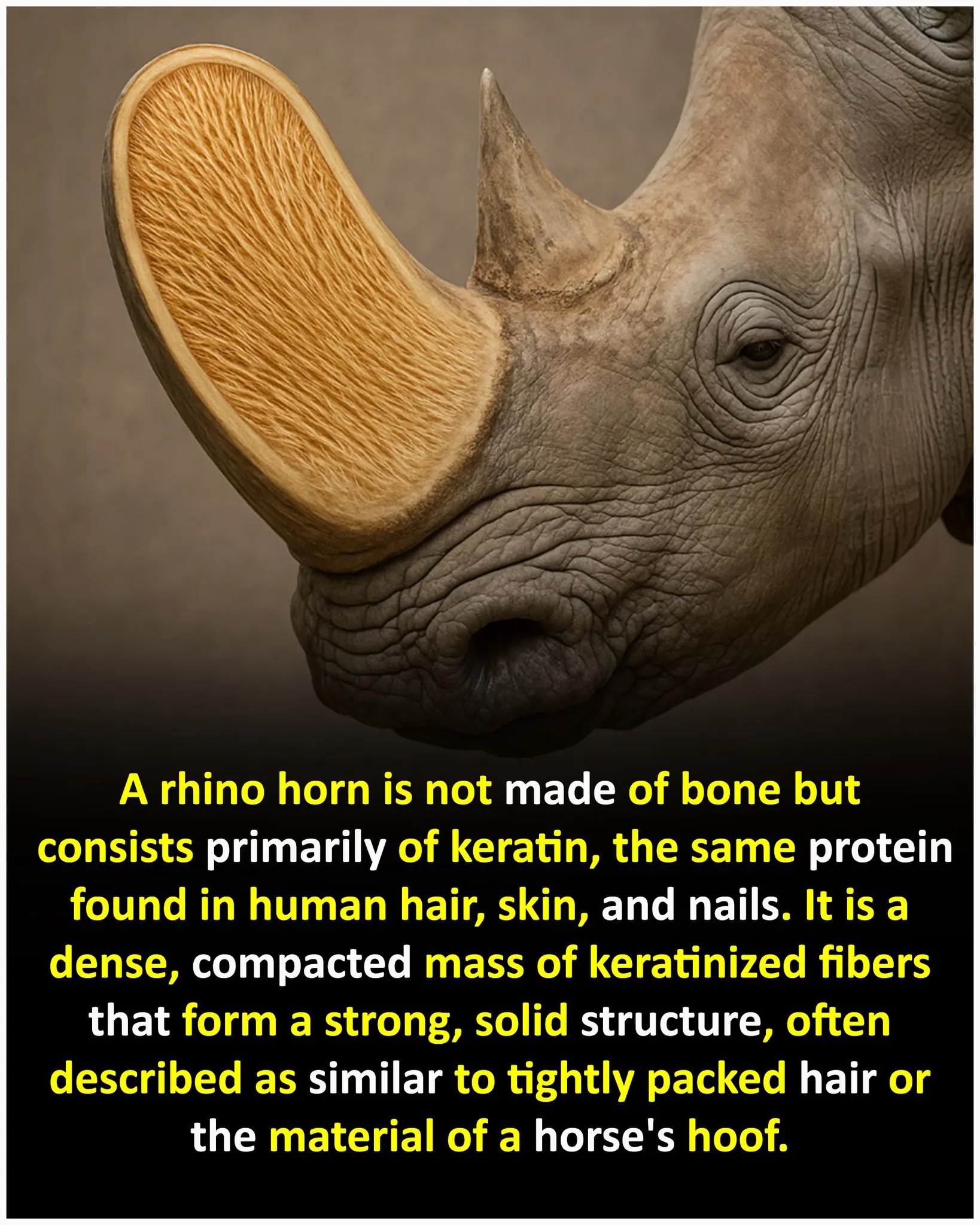
A Touch of Viking Brilliance: Moss-Carpeted Homes in Norway
The Moss-Covered Homes of Norway: A Living Legacy of Viking Ingenuity
Hidden within the serene and dramatic landscapes of rural Norway lies a sight so enchanting it feels almost mythical — clusters of homes whose rooftops are draped in living greenery. From afar, these moss-covered cottages appear to melt into the hills themselves, blurring the line between human construction and nature. But beneath this fairytale aesthetic lies a story of resilience, innovation, and a cultural ethos rooted in harmony with the land.
These houses are not the result of modern eco-design trends. Their origins date back over a thousand years to the Viking Age, when early Scandinavian settlers devised a simple yet brilliant solution to the challenges posed by their harsh climate: turf roofs.
A Natural Masterpiece of Engineering
Vikings were more than fierce seafarers and warriors — they were also resourceful builders. In regions where timber was scarce but the cold was relentless, they turned to the land for answers. By layering birch bark and thick slabs of sod (often populated with grasses, moss, and wildflowers), they created roofs that could insulate dwellings year-round.
The moss and turf acted as a natural thermal barrier. In winter, it trapped warmth inside, preventing heat loss and minimizing the need for firewood. In summer, it helped keep interiors cool by absorbing excess heat. These green roofs also excelled in soundproofing and water resistance — essential for surviving in one of Europe’s coldest and wettest climates.
Modern studies into sustainable architecture have confirmed the efficiency of these ancient designs. Today, green roofs are celebrated for their insulation properties, stormwater management, and biodiversity support. But the Vikings were already practicing this over a millennium ago — without blueprints, thermostats, or energy bills.
Built for Survival, Designed with Soul
Beyond their functional brilliance, these moss-covered homes embody a deeper philosophical approach: to build with, not against, nature. Unlike concrete high-rises or asphalt cities that interrupt landscapes, turf houses blend into their environment. The rolling green roofs mirror the hills around them, as if nature itself shaped their form.
This design reflects the Viking reverence for the land — not just as a resource, but as a living entity. In Norse mythology, nature was sacred. Forests, rivers, and mountains were home to spirits and gods. To build a home nestled within the earth was not only practical — it was spiritual.
From Survival Shelter to National Treasure
While many of these homes were abandoned or replaced with modern buildings during the industrial age, the 20th and 21st centuries have witnessed a quiet revival. In Norway and parts of Iceland and the Faroe Islands, turf homes are being restored, preserved, and even reimagined in modern architecture.
Some are maintained as museums or cultural sites. Others serve as private homes, eco-lodges, or artistic retreats. In every form, they offer something modern buildings rarely do: a feeling of belonging — to both history and nature.
Tourists often stumble upon these dwellings, mistaking them for fantasy film sets or Hobbit homes. But the truth is even more fascinating. These are living pieces of history — homes that breathe with the seasons, that hold warmth in winter and bloom in summer.
Lessons from the Past for a Sustainable Future
As the world faces the realities of climate change and urban sprawl, the wisdom of Viking-era building methods is more relevant than ever. The moss roofs of Norway are not relics of a forgotten time — they are blueprints for a better future.
Imagine cities with green-topped buildings that regulate their own temperature, collect rainwater, and serve as habitats for pollinators. Envision communities that draw inspiration from the land, rather than erasing it. This isn’t utopia — it’s rooted in the past.
In a time when high-tech solutions often dominate environmental conversations, these humble homes remind us that sometimes the answers are already beneath our feet — in the soil, the moss, and the wisdom of those who came before us.
So the next time you see a photo of moss-covered rooftops nestled in the Norwegian hills, look a little closer. You're not just seeing beautiful architecture — you're witnessing a thousand-year-old conversation between people and the planet, still unfolding, one green roof at a time.
News in the same category


Woman issues terrifying warning after finding a stroller abandoned on the side of the road

15 things a woman should never tell a man

Who Would You Give Your Seat to on the Bus? Your Answer Reveals Personality Insights

Can You Spot the 6 Hidden Words in This Living Room Image?

What’s the purpose of the fabric strip across hotel beds?

The Astonishing Life Cycle of Bamboo: A Once-in-a-Lifetime Botanical Spectacle

The Truth About Rhino Horns: What They're Really Made Of

Never keep these 4 relics after losing a loved one

👠 From Stilettos to Slides: A Woman’s Life Journey Told Through Her Shoes

The ring you pick will reveal your truest trait

5 Reasons Why Some Men Prefer Slim Women

The Mpemba Effect: Why Hot Water Can Freeze Faster Than Col

Why do women cross their legs when sitting?

16 Subtle Clues Your Partner May Not Be Loving You as You Deserve

The Fascinating History and Ingenious Design of Japan’s Nightingale Floors

What does it symbolize when a person who passed away appears in your dream

'Too sexual': I let my 12yo pierce this hidden body part

Photos From The Past That Changed The World”: Rare Historical Photos That Are Worth Seeing
News Post

How I Detected Thyroid Cancer Early at Home With Just a Glass of Water

How Your Body Communicates That Something’s Wrong

10 Subtle Signs Your Kidneys Might Be in Trouble

🧬 A Giant Leap in Dinosaur Science: Preserved T. rex Cells Discovered! 🦖✨

💕😋 Passionfruit Drip Mini Cheesecakes 😋💕

💕😋 Luscious Blueberry Lemon Cookie Bars with White Chocolate Drizzle 😋💕

Garlic Lemon Drink: The Natural Remedy for a Healthier You!

Unbelievable! 🤩 The Varicose Vein Killer – Top 5 Red Onion Remedies That Erase Varicose Veins Like an Eraser! 🧅✨

Boil Melon Seeds, Add Yellow Lemon – Drink the Liquid and Thank Yourself Later! 🍈🍋

Rediscover Mobility with Lemon and Carrot Remedy

Say Goodbye to Swollen Legs, Ankles, and Feet with Parsley Tea!

💕😋 Pecan Cream Pound Cake with Cream Cheese Frosting 😋💕

Refresh Your Vision: A Daily Cucumber Elixir for Enhanced Eyesight

💕😋 Biscoff Traybake Recipe 💕😋

Doctor’s Warning: Early-Stage Lung Cancer Doesn’t Always Come with a Cough – Watch Out for These 4 Unusual Symptoms

💕😋 Yellow Chocolate Velvet Cake 😋💕

💕😋 Velvety Coffee Caramel Cheesecake 😋💕

The Benefits of Boiling Onion in Milk: An Unmatched Natural Remedy

💕😋 Velvety Tiramisu Cheesecake Delight 😋💕
